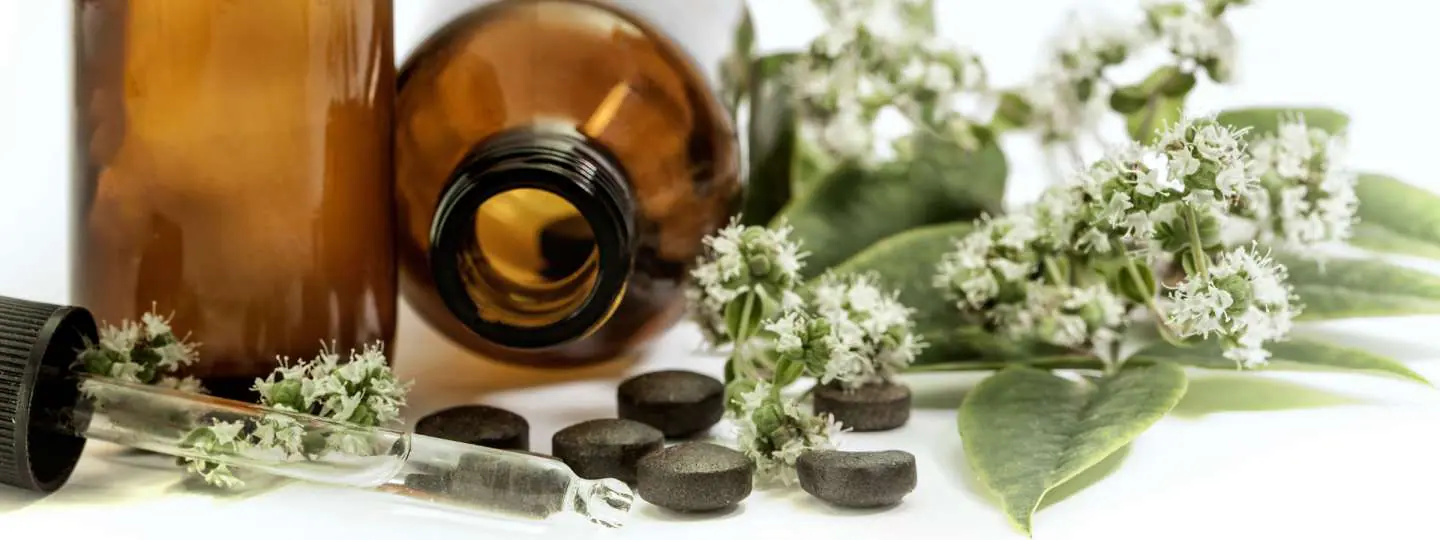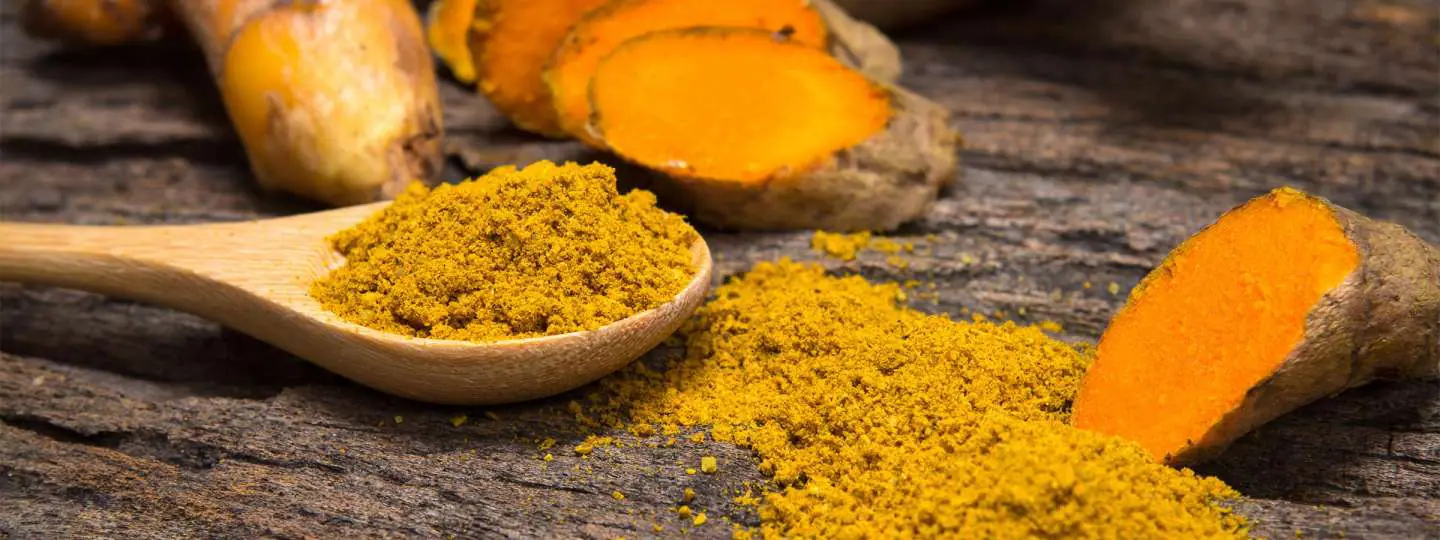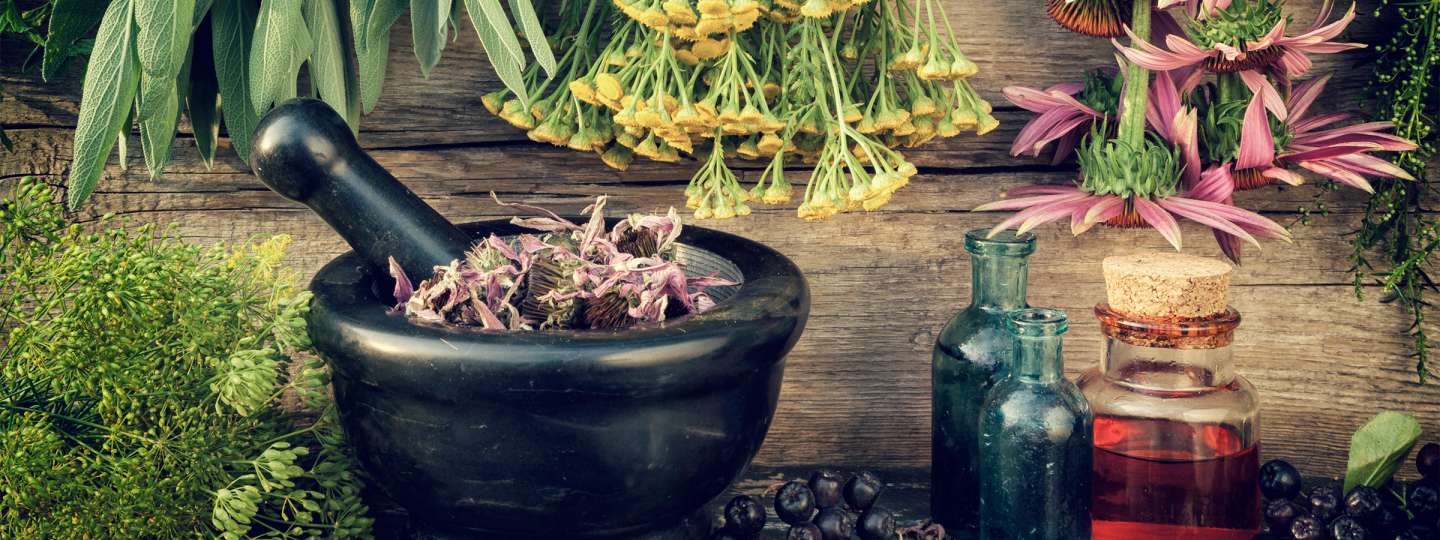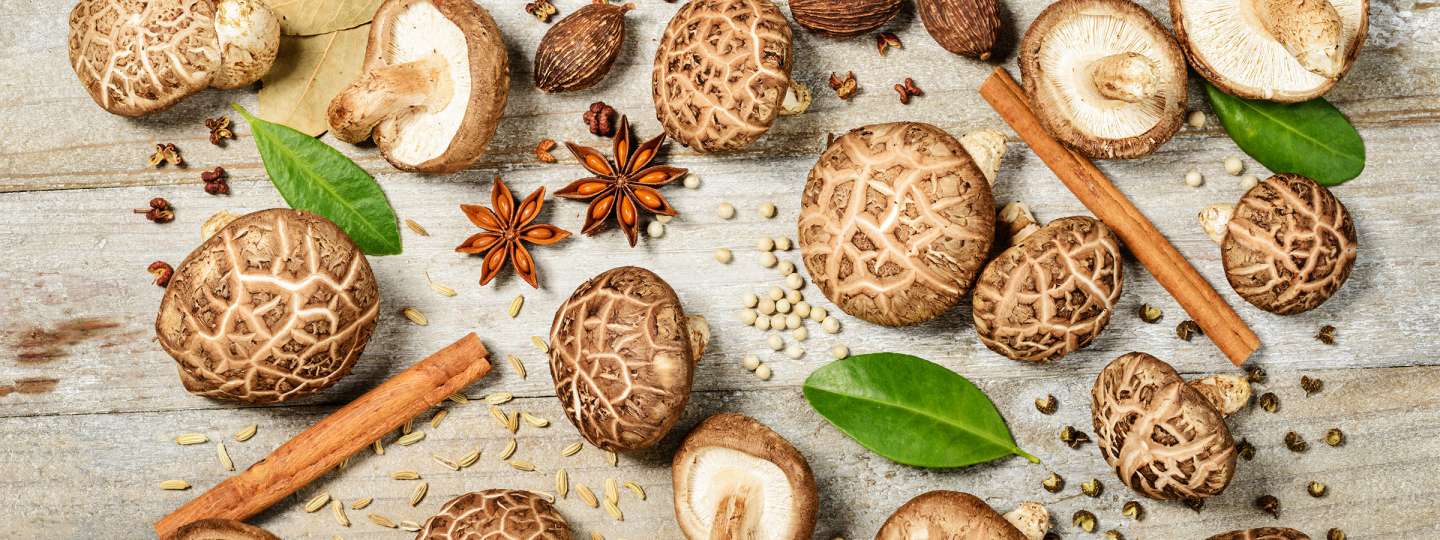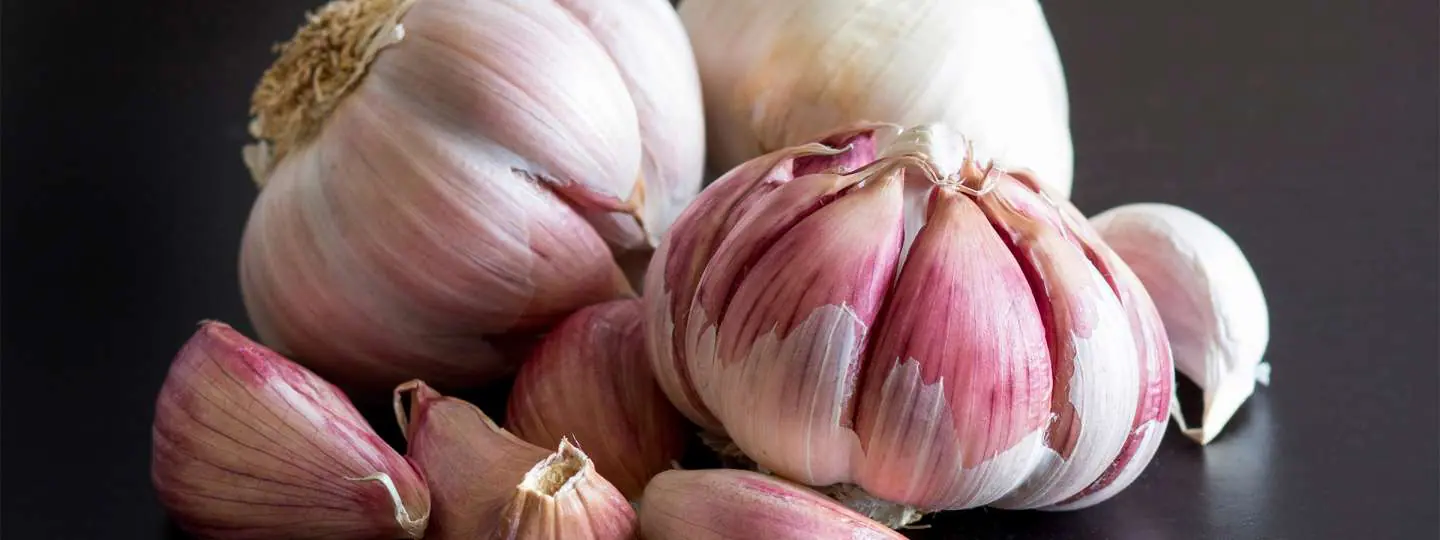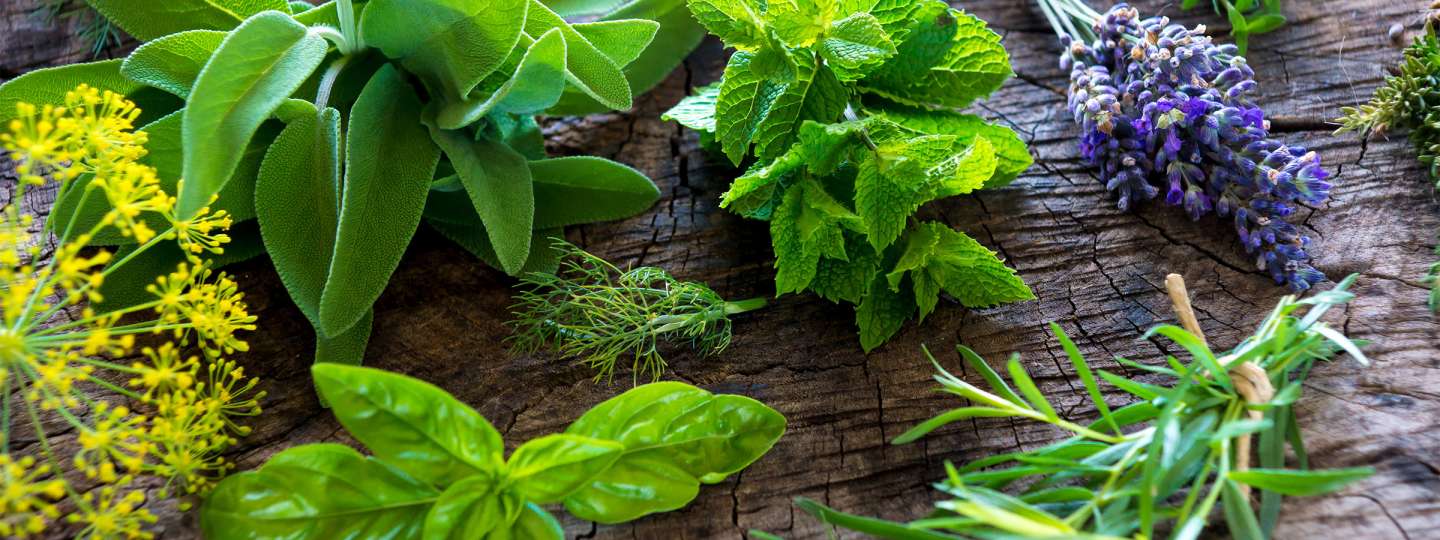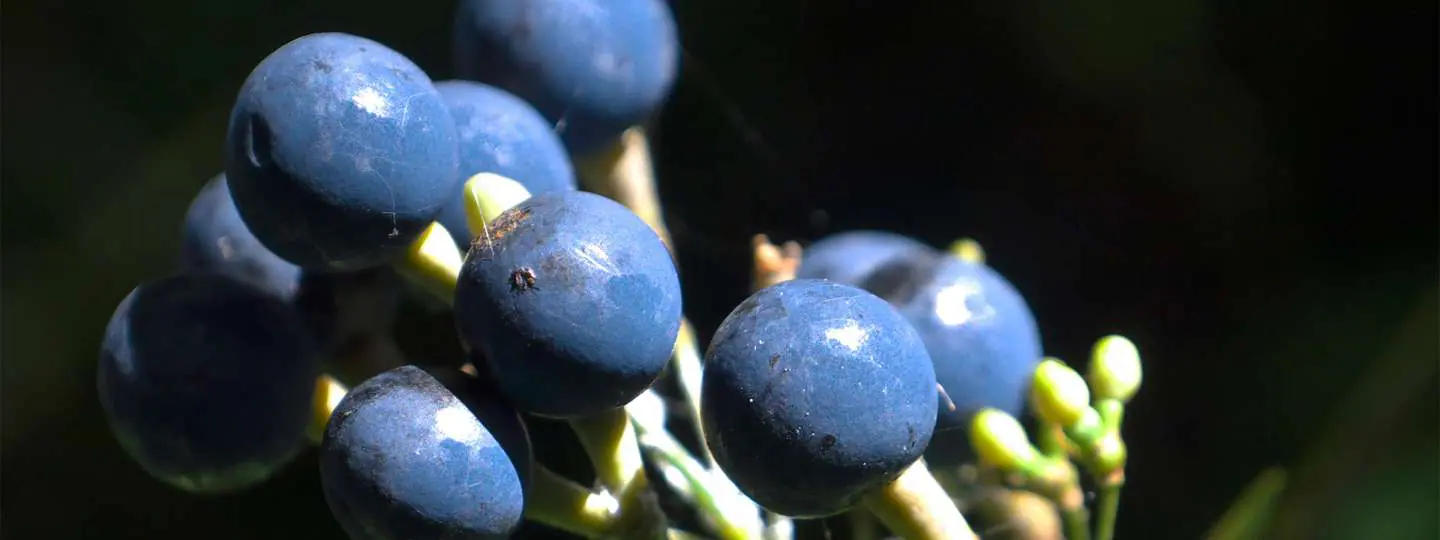Whole Herbs vs. Standardized Herbal Extracts: Which is Better?
Many Herbal Products to Choose From
The mainstream use of herbal medicines is becoming increasingly popular, and there are many herbal products to choose from. With so many choices, it is easy to get confused about which forms of herbs are right for you. One important decision is whether to use whole herbs or standardized herbal extracts. This can be tricky, because even the experts are split on this issue. Therefore, it is best to know the facts about the difference between the two so that you can make an informed decision.
Whole Herbs
A whole herb is just what it says: the whole herb, usually dried and encapsulated or processed and preserved in alcohol or another solvent. Whole herbs contain all of the constituents of the plant and have been used for hundreds of years by many cultures. In fact, modern medicine originated with the use of whole herbs. The medicinal properties of herbs have been learned through empirical observation and the information has been passed down through successive generations of healers. Although the effects of herbs have not always been formally and scientifically researched, whole herbs have a long track record validating their safety and efficacy.
The chemical makeup of an herb can vary slightly, however, depending on a variety of factors. First, the environment in which the plant has been grown has an effect on the constituents of the herb. The time of year it is harvested, the soil in which it is grown, and the weather all influence the overall quality of the final product. Second, methodology plays a role. For example, the age of the plant at harvest, the exact part of the plant being used, and processing techniques can all make a difference. Finally, each plant or population of plants has its own individual genetics, thus adding another source of end-product variation.
Standardized Herbal Extract
A standardized herbal extract is an herb extract that has one or more components present in a specific, guaranteed amount, usually expressed as a percentage. The intention behind the standardization of herbs is to guarantee that the consumer is getting a product in which the chemistry is consistent from batch to batch. This practice has developed out of the drug model of herbal medicine, in which modern scientists have attempted to identify the components of a plant that have definite pharmacological activity in the body. Unfortunately, while scientists can isolate many constituents from an herb and discover how particular chemicals may act in the body, they inadvertently remove or overlook components that may contribute to the activity of the whole herb. Consequently, standardization may concentrate one constituent at the expense of other potentially important ones, while changing the natural balance of the herb’s components.
Standardization, therefore, is based on the idea that isolated compounds are responsible for the action of an herb. Almost no medicinal herbs, however, are known for just a single function. In fact, plants contain a complex blend of phytochemicals, and as naturally concentrated foods have the unique ability to address a multiplicity of problems simultaneously. The full medicinal value of herbs is most likely due to their internal complexity and to the interactions of the different components within the body rather than to one of its specific components. Furthermore, many of the constituents within an herb are as yet unknown, and internal chemical interactions within and among herbs are even more poorly understood. Therefore, it is doubtful that this type of standardized herbal extract can exhibit the same full spectrum of use as the whole herb. However, science has proven the efficacy of some of these concentrated extracts regarding specific biological actions, so they can be very useful even if they don’t work exactly like the whole herbs.
A second form of standardization uses key components only as markers of identity while trying to maintain the same full spectrum of components as the whole herb. These standardized extracts are not necessarily more concentrated than the whole herbs, but they do maintain a minimum potency of these markers. The markers may or may not be active constituents of the plant, but a spectrum analysis of this kind of extract should be visually similar to that of the whole herb, assuring that no major component has been removed in the extraction process. This process guarantees that the herbs will have a minimum level of potency every time without sacrificing any components.
NOW’s Herbal Supplements
NOW Foods produces a variety of high quality whole herbs and standardized herbal extracts, so no matter which you choose, you are sure to get a product you can trust. We will use the form of extraction that is appropriate to each herb, following the science.

